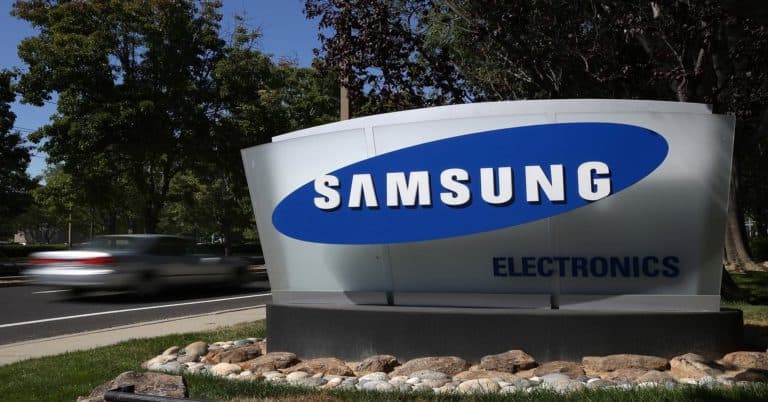Samsung has applied its artificial intelligence (AI) algorithms to its imaging devices. This allows doctors and radiologists to make more accurate diagnoses, according to the company.
At the Radiological Society of North America 2018 Annual Meeting (RSNA 2018) in Chicago, the company showed various types of diagnostic imaging software. This includes software for echoes, digital radiography, computed tomography and MRI.
One solution is S-Detect for Breasts, which analyses breast lesions using echoes and provides standardized reports and classifications. According to the company itself, the software increases the accuracy of diagnoses from 83 to 87 percent for physicians with four years or less experience.
SimGrid
AI software for digital radiography, called SimGrid, was also unveiled. This software provides images of lung tissue that is hidden by bones on X-rays. Auto Lung Nodule Detection, also AI software, detects nodules on lungs more accurately.
Samsung also unveiled a mobile stroke unit for computed tomography. In addition, it is working on AI technology that shows MRI’s information such as knee cartilage thickness and images of osteoarthritis in the knee.
The company also wants to increase its AI capabilities by opening health care research centers around the world. Last month it opened its seventh centre in Montreal. In addition, it plans to invest 22 billion dollars in AI, 5G and other emerging technologies. 5G is according to the company “oxygen” for AI. “AI needs a lot of data to respond to you, says Youngky Kim, the head of Samsung’s network department. 5G can deliver the data, where 4G can’t.
Samsung is currently in fifth place in the 5G and AI market, after Huawei, ZTE, Ericsson and Nokia. Next year, 5G should be commercially available on the market.
This news article was automatically translated from Dutch to give Techzine.eu a head start. All news articles after September 1, 2019 are written in native English and NOT translated. All our background stories are written in native English as well. For more information read our launch article.